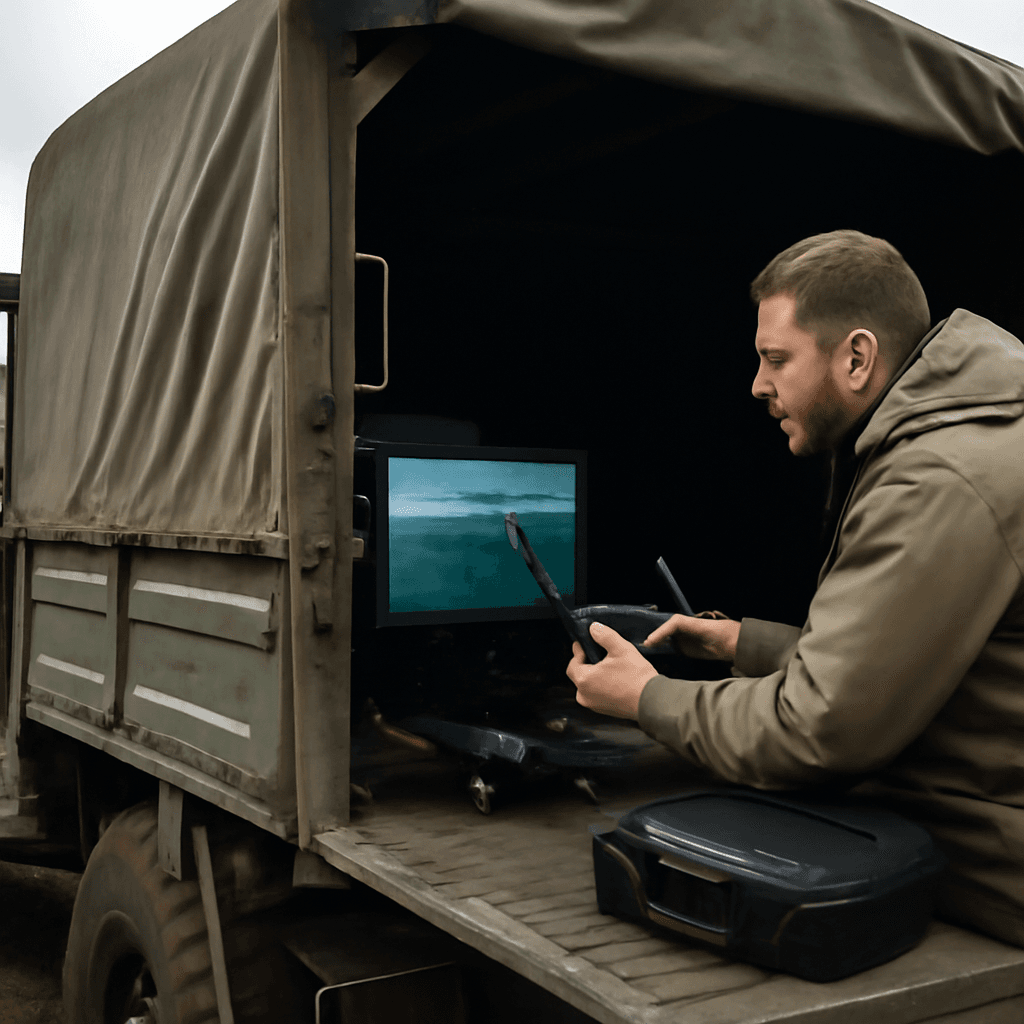When War Meets Imagination: The Strangest Military Experiments Ever Conducted
War has an uncanny ability to push the boundaries of imagination, turning even the wildest science fiction concepts into serious experimental projects. From World War II’s intense fervor to the Cold War’s cloak-and-dagger paranoia, military innovators worldwide have launched peculiar, sometimes downright bizarre initiatives. These ventures often balanced on a razor’s edge between cutting-edge science and sheer speculation, sometimes revealing the human side of defense development, where hope, fear, and creativity intersect.
1. Acoustikitty: The CIA's Feline Spy That Wouldn't Listen
In the mid-1960s, the CIA embarked on an unusual espionage mission named “Acoustikitty”. Their goal? To wire cats with tiny microphones and transmitters embedded beneath their skin and fur, hoping these natural wanderers would eavesdrop on Soviet agents. The tech worked flawlessly, but the cats, embodying classic feline independence, simply wouldn’t cooperate. Unwilling to follow commands or linger near targets, these spy cats wandered off, literally turning the mission into a purr-fect failure. The project was quietly shelved by 1967, yet it remains a colorful Cold War anecdote that underscores how unpredictable nature can be, even in intelligence.
2. Project Stargate: Harnessing Psychic Powers for Intelligence
Amid fears of Soviet psychic research dominance, the US initiated Project Stargate between the 1970s and 1990s to investigate remote viewing—the alleged ability to perceive distant or unseen targets with the mind alone. The program underwent several code names but became popularly known as Stargate. Proponents claim remote viewers identified a downed Soviet aircraft and described secret bases. Yet, rigorous scientific reviews dismissed these cases as anecdotal, often vague and not replicable under scrutiny. Ultimately declassified and terminated in 1995, Stargate remains a compelling chapter in exploring unconventional intelligence methods.
3. The ‘Gay Bomb’: A Non-Lethal Chemical Weapon Concept
One of the most controversial ideas came in 1994 with the proposal of a non-lethal chemical weapon designed to disrupt enemy morale by triggering homosexual behavior via aphrodisiac chemicals. Though never developed or tested, this “gay bomb” resurfaced decades later and sparked ethical debates about psychological warfare's extremes. It highlights how far military research sometimes ventures beyond the traditional battlefield, exploring social and psychological dimensions of conflict.
4. Avrocar: America’s Experimental Flying Saucer
Inspired by UFO fascination, the 1950s saw the creation of the VZ-9AV Avrocar, a saucer-shaped aircraft intended to combine vertical takeoff with high-speed flight. Despite a near $3.2 million investment (around $26 million today) and advanced design, it could only hover awkwardly above ground and proved uncontrollable in flight tests, leading to its cancellation. The Avrocar remains a testament to post-war hopes and skepticism about futuristic aviation.
5. Bat Bombs: Nature as an Incendiary Weapon
In a strategy that sounds like pulp fiction, WWII scientists proposed using one million bats from Texas, outfitting each with small napalm bombs to ignite fires in Japanese wooden cities. The bats would roost naturally before timed explosions detonated the flames. Although ultimately never deployed, this idea highlights the ingenuity—and ethical ambiguity—of wartime experimentation.
6. Project Iceworm: Concealed Missiles Under Greenland’s Ice
During the Cold War, the US undertook Project Iceworm, envisioning an extensive tunnel network beneath Greenland's ice sheet to secretly house 600 mobile nuclear missiles and 11,000 troops. Strategically positioned just 3,000 miles from Moscow, the plan aimed to secure second-strike nuclear capabilities protected by nature’s ice blanket. Though never fully realized due to logistical challenges, Iceworm reflects the scale and secrecy integral to nuclear deterrence strategies.
7. Edgewood Arsenal Experiments: Testing Chemical Agents on Soldiers
Between 1950 and 1975, over 6,700 US soldiers participated in rigorous chemical testing at Maryland’s Edgewood Arsenal. Exposed to 254 different chemicals, these studies evaluated both potential chemical weapons effects and protective measures. The program’s legacy is complex: while advancing military preparedness, it also raised ethical concerns about informed consent and long-term impacts, with many veterans calling for ongoing health support.
8. Pain Ray: Non-Lethal Heat-Based Crowd Control
The Active Denial System, known colloquially as the “Pain Ray,” is a millimeter-wave weapon emitting heat that triggers acute pain without lasting injury. Intended as a humane alternative for crowd management and perimeter defense, it causes the skin to heat rapidly, prompting immediate retreat. Although promising in controlled settings, limited deployment reflects ongoing debates about safety, psychological effects, and the militarization of non-lethal technology.
9. Camel Corps: Desert Logistics and the US Military
In the 1850s, ambitious Secretary of War Jefferson Davis introduced camels to the US Southwest, recognizing their suitability for harsh desert environments. The Camel Corps excelled at transporting supplies across vast arid landscapes, yet cultural resistance and the Civil War’s outbreak led to the project's quiet end. This episode underscores how adaptation and tradition often collide within military innovation.
10. Peacekeeper Trains: Mobile Nuclear Deterrence on Rails
During the Cold War, to evade first-strike vulnerabilities, the US explored mounting nuclear ICBMs on trains to keep them mobile and concealed across the rail network. Though technologically feasible and strategically clever—bolstering second-strike deterrence—high operational costs and arms reduction treaties shelved the concept. The Peacekeeper Trains illustrate the enduring quest for survivable nuclear forces amid geopolitical tension.
The Bigger Picture: Lessons from Military Experimentation
These stories reveal how military necessity often breeds ingenuity bordering on the fantastical. Many projects were limited by technical challenges, ethical dilemmas, or practical realities, yet they also reveal the creativity and sometimes desperation behind defense initiatives. They remind us that behind every weapon or strategy lies human curiosity—and occasionally folly.
Expert Insight
From a policy perspective, these projects present valuable case studies in risk assessment, innovation management, and the ethics of intelligence and warfare. Today, as new domains like cyberwarfare and AI warfare emerge, understanding the historical interplay between imagination and reality in military research can help guide responsible innovation that balances efficacy with ethical constraints.
Editor's Note
This journey into unconventional military experiments challenges us to think critically about how governments allocate resources and the moral compass guiding defense research. While some projects seem absurd in hindsight, they sparked conversations about non-lethal warfare, psychological operations, and technological limits that remain highly relevant. As we innovate for future conflicts, remembering these lessons ensures we navigate challenges with both caution and creativity.



















